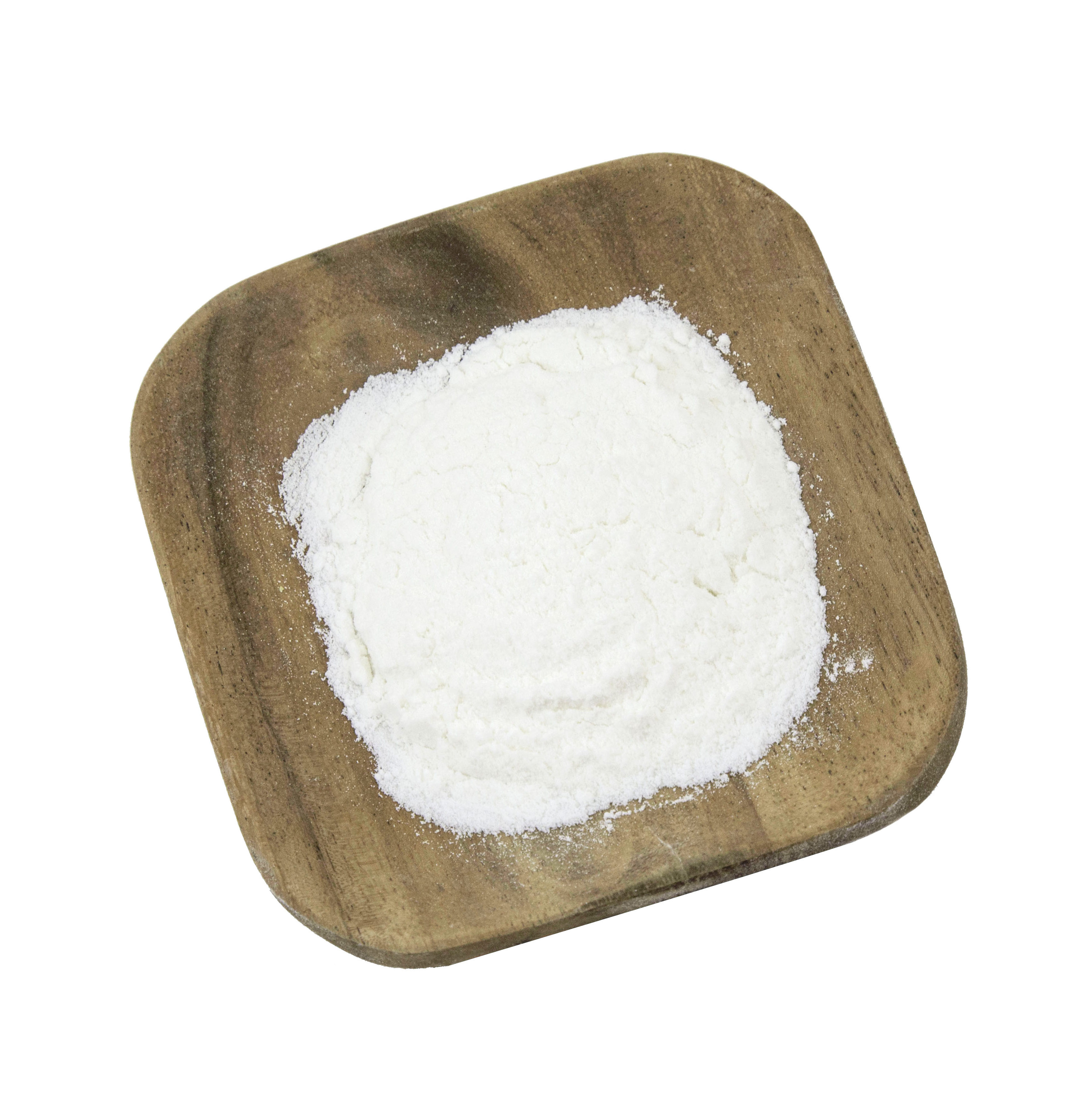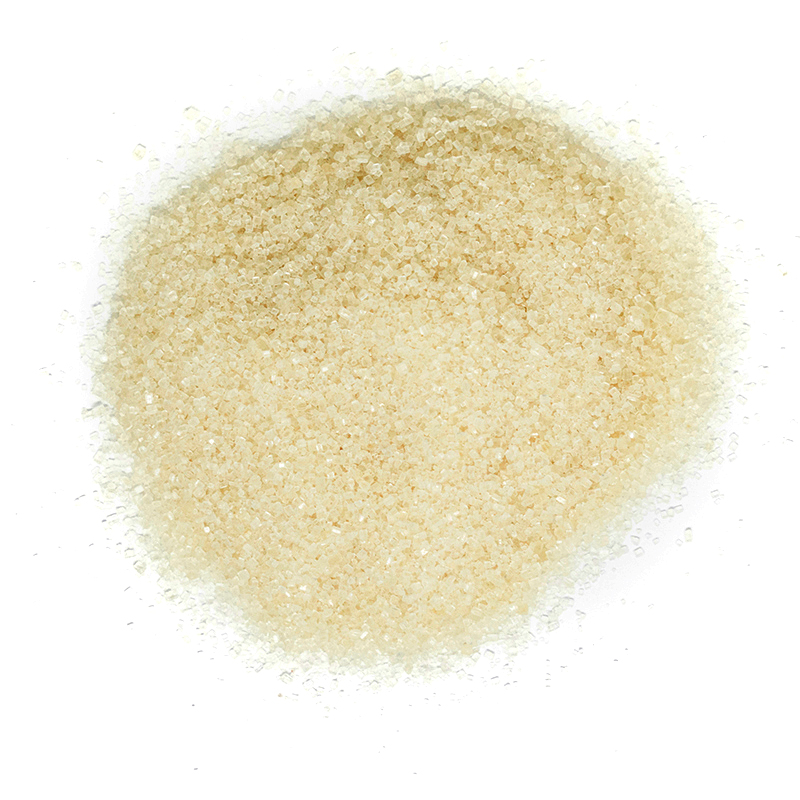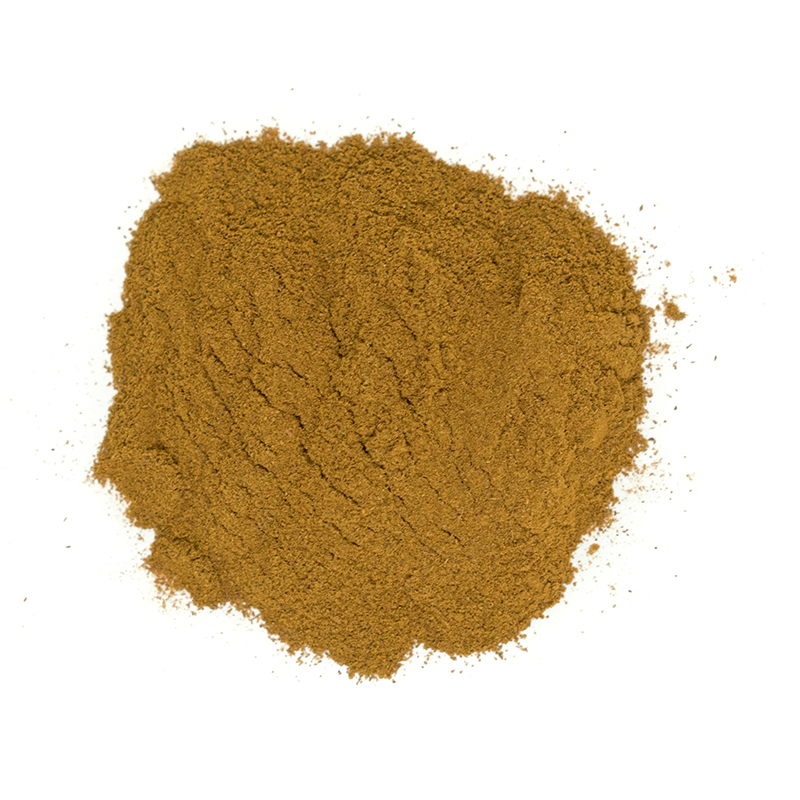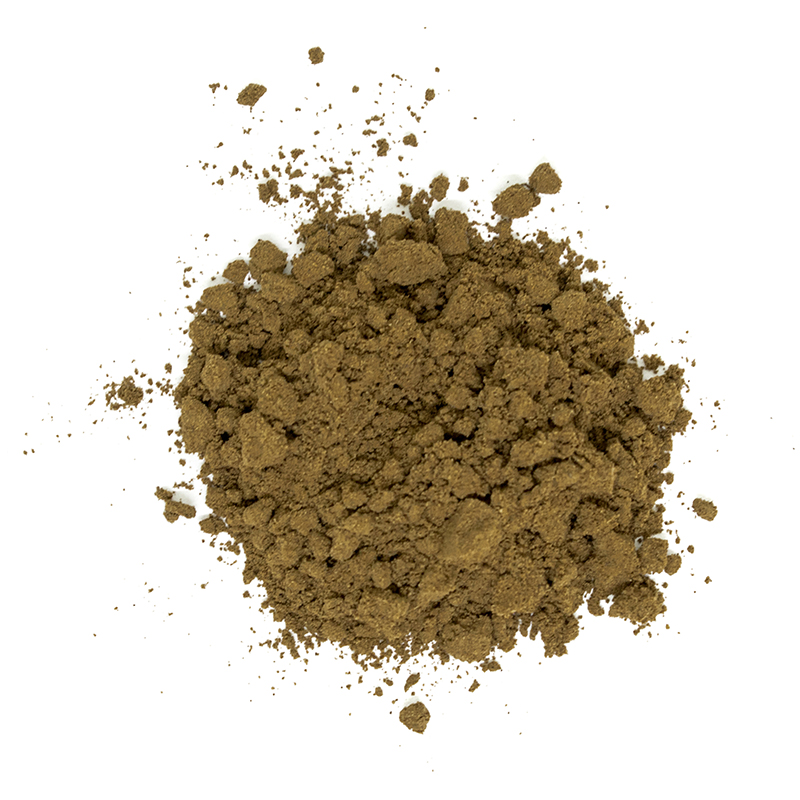England | France | Poland
The Holidays definitely are the most wonderful time of the year. For a couple of weeks every year the world takes on a magic glow, people seem merrier and even winter somehow feels cozy. We decided to compile a list of how different parts, cultures, and people of the world celebrate the holidays. There is no doubt that after Santa the best part of the holiday season is food! Traditional recipes that have been passed down through generations (and in some cases centuries) are prepared and enjoyed by all families.
Whether celebrating a religious holiday, like Hanukkah or Christmas, or a more secular occasion, you are sure to have your own selection of rituals or customs that make the holidays special.
For many Europeans, the season’s main event is Christmas Eve, celebrated with Midnight Mass and an extravagant meal. Christmas Day is filled with the excitement of exchanging gifts with family and friends. The “Twelve Days of Christmas” stretch from December 25 until January 6, which is Epiphany, the day the Three Kings delivered their gifts. After Epiphany, the season goes into hibernation until next year. We are here for all the different ways to celebrate.
Some of these traditions you may have already seen or read about online but we still wanted to share them with you anyway. We would also love to hear from you on what your family traditions are.
For the first part of this series we found that the following countries celebrate different ways:
England
Families in England welcome the warmth and cheer of a Yule log blazing on the hearth. They decorate their homes with holly, ivy, and other evergreens and hang a mistletoe. Throughout the holidays, carolers go from house to house at twilight ringing handbells and singing Christmas songs. People give the carolers treats, such as little pies filled with nuts and dried fruits.
The English fruitcake has been the butt of Christmas jokes across the UK. The Brits have really gone all-out with their traditional flour and alcohol-based holiday dessert. Ingredients for the cake include dried fruits, nuts, and spices one might expect in a fruitcake, but by saturating it with alcohol (either brandy or whiskey) and then steaming it, they have transformed the fruitcake into a Christmas pudding. For it to taste perfect it needs to age a bit and is often made in the month of November. It will be steamed again before serving and once again doused with brandy and finally set alight.
An old coin or charm is sometimes baked into the pudding, giving good luck to whoever finds it.
France
Food is the center of life in France, even in the dead of winter. The most anticipated culinary event of the year is Le Reveillon de Noel, Christmas Eve feast. Reveillon literally means an “awakening.” In a symbolic sense, the Reveillon is a kind of a spiritual and edible wake-up call.
Like most French dinners, it’s a multi-course affair lasting hours. Each region of France proudly serves its own special dishes for the Reveillon, reflecting local ingredients and cuisine. In Paris, the meal kicks off with raw oysters. About half of the country’s annual oyster production is eaten during the week from Christmas to New Year’s Day. Another popular appetizer throughout France — and a specialty of Alsace — is foie gras. Did you know there is now an ethical farmer in Spain who produces foie gras?
Some people believe that an ancient rule about only eating oysters during months with the letter ‘r’ in it may have had something to do with it, but this peak at the end of the year makes oysters, at least, a modern French holiday tradition.
Poland
In Poland, the traditional Christmas feast occurs on Christmas Eve, or Wigilia, a day that holds equal importance with Christmas Day. Before the table is set, straw or hay is placed under a white tablecloth (believe it or not, this is for fortune telling). An extra place is set for any unexpected visitor, as a reminder that the Holy family was turned away from inns in Bethlehem and that those seeking shelter are welcome on this special night.
The traditional Polish Christmas meal consists of 12 dishes, one for each of the 12 apostles. These dishes are usually meatless, though this restriction does not exclude the preparation of fish. Anyone who reads our blog knows that we are obsessed with baking and even more with cookies! Which is why the allure of Pierniczki was too much for us and we had to find out more!
In Toruń, artisans have jealously guarded their recipes for centuries, and to this day the blueprint for authentic Pierniczki remains shrouded in mystery. The earliest reference to Pierniczki dates to 1380. The city’s location on the spice route from Asia to Europe, its abundance of fertile soil and a wealth of honeybees explain gingerbread’s three main ingredients: honey, flour (rye, wheat or a blend) and spices. Great gingerbread is all about the proper blend of spices: Too much cinnamon will make them too sweet, and too much ginger or pepper will make them too spicy, it is about getting it just right! Check out our recipe for what we think will make perfect Pierniczki.
(P.S. Stay tuned to the second part of our Holidays around the World blog post series)
Connect With Us!
You can share your stories your own traditional holiday recipes and stories with us on Facebook, Twitter, Pinterest, and Instagram!
(The recipe is inspired from Live for Cake)



